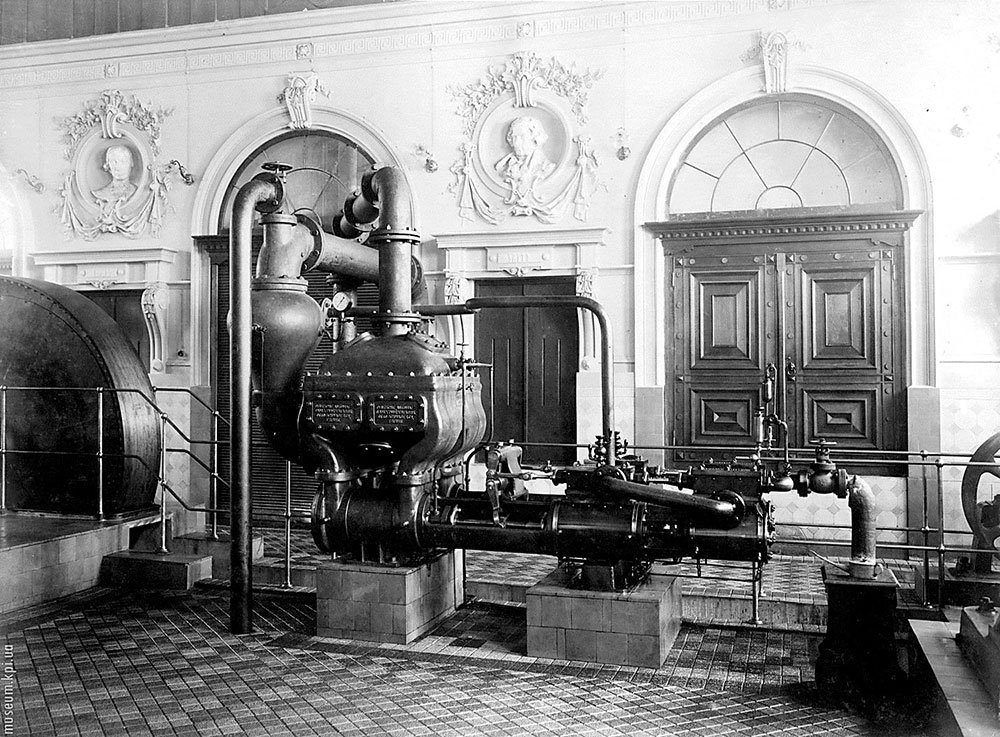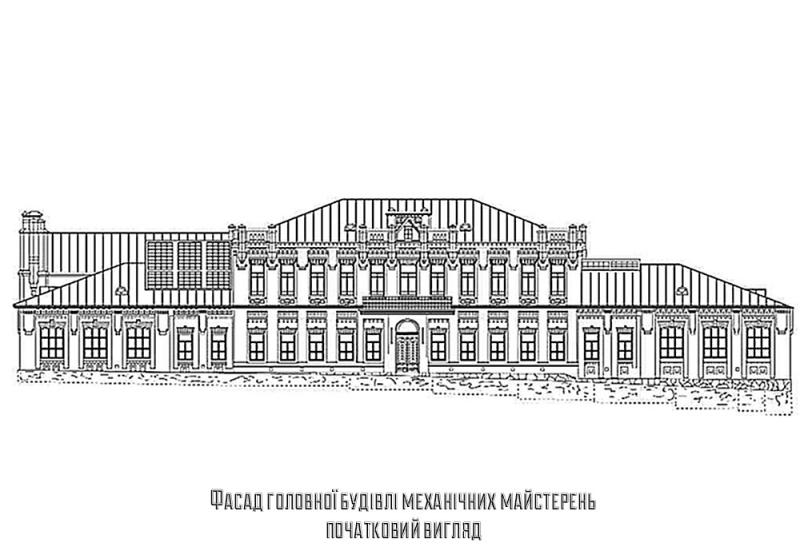Our newspaper in issue #9-10 of March 8, 2024, already wrote that the main building of the Igor Sikorsky Kyiv Polytechnic Institute was decorated by the Italian sculptor Elio Sala, once known for his collaboration with the prominent Kyiv architect Vladyslav Horodetsky. But it turns out that the stucco and high reliefs by Sala and his workshop workers decorated not only this building. This was reported to the editorial office by Ihor Andreyev, associate professor of the Institute of History, who has long been interested in the history of the university and from time to time reveals its forgotten pages. We have already published some of his research materials, so we are sure that readers will be interested in a short story about another building where the master's works could be seen in the early twentieth century.
🏰
Among the numerous Kyiv buildings decorated by Elio Sala (the most famous is the House with Chimeras), the literature also mentions the main building of the Igor Sikorsky Kyiv Polytechnic Institute. However, the works made by the Italian master in the mechanical workshops of the KPI are completely forgotten today. One cannot find any mention of these works in the Wikipedia article about Elio Sala, or even in the “Collection of Historical and Cultural Monuments of Ukraine” (Book I, Part II, 2003).
But archival materials contain information about them. Old photographs of the institute show the exquisitely decorated interior of the mechanical workshops. In July 1901, the newspaper “Kievlianyn” reported that the contract for the decoration of the engineering laboratory, which was located in these workshops, “was given to the Italian sculptor Elia Sala.” Thus, Elia Sala simultaneously supervised the finishing work in the main building and in the mechanical workshops of the KPI.
The building of mechanical workshops was originally two-story with one-story wings. The engineering laboratory was located in the right (western), one-story wing, divided by the main walls into 4 light halls of the building. According to contemporaries, the central hall of the laboratory was decorated “especially elegantly,” where “the main machines and... a huge marble distributor, from which the electric lighting of all the buildings of the institute and the huge estate is controlled,” were located. Here is a full quote from a journalist of the newspaper “Kievlyanin”: “There is also a sophisticated distributor that controls the steam coming from the laboratory's boilers for heating and ventilation of the huge main building of the institute. This central room is decorated with 8 busts of great figures and inventors in the field of steam and electricity. On the one hand, Siemens, Yablochkov, Tesla (in other sources, Edison), and Gramm are looking at electric machines. Against them are the 4 largest figures in the use of steam, namely: Fulton, Hearne, Watt, and Stephenson. All busts made by Mr. Sala are placed in wall niches. The laboratory has no ceiling: a roof supported by iron rafters rises directly above it.”

Interesting details about the design of the engineering laboratory can be found in a report from July 1901: “In the two wall triangles located under the roof, rather large allegorical paintings will be installed. These paintings have already been painted and cost 500 rubles.” In September 1900, it was decided to seek “the assistance of artists working in the Lavra Church” to complete these paintings (at that time, restoration work was underway in Kyiv at the Great Lavra Church). It should be noted that it has not yet been possible to find out what was depicted in the paintings and what happened to them later.
Unfortunately, Elio Sala's works in the engineering laboratory of the mechanical workshops have not been preserved. Nowadays, the building of the former mechanical workshops, which has been built up to three floors, houses the Borys Paton State Polytechnic Museum.

